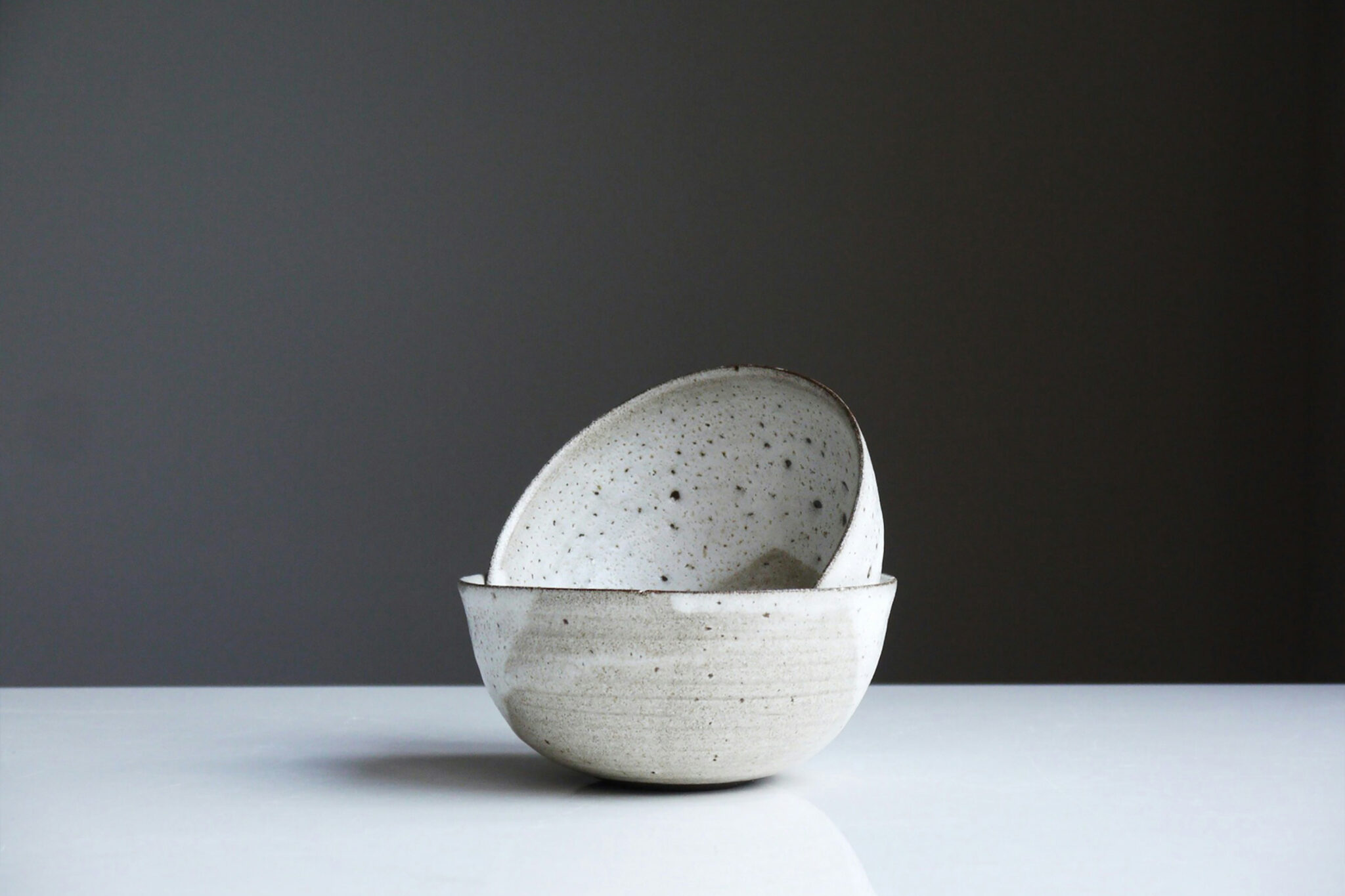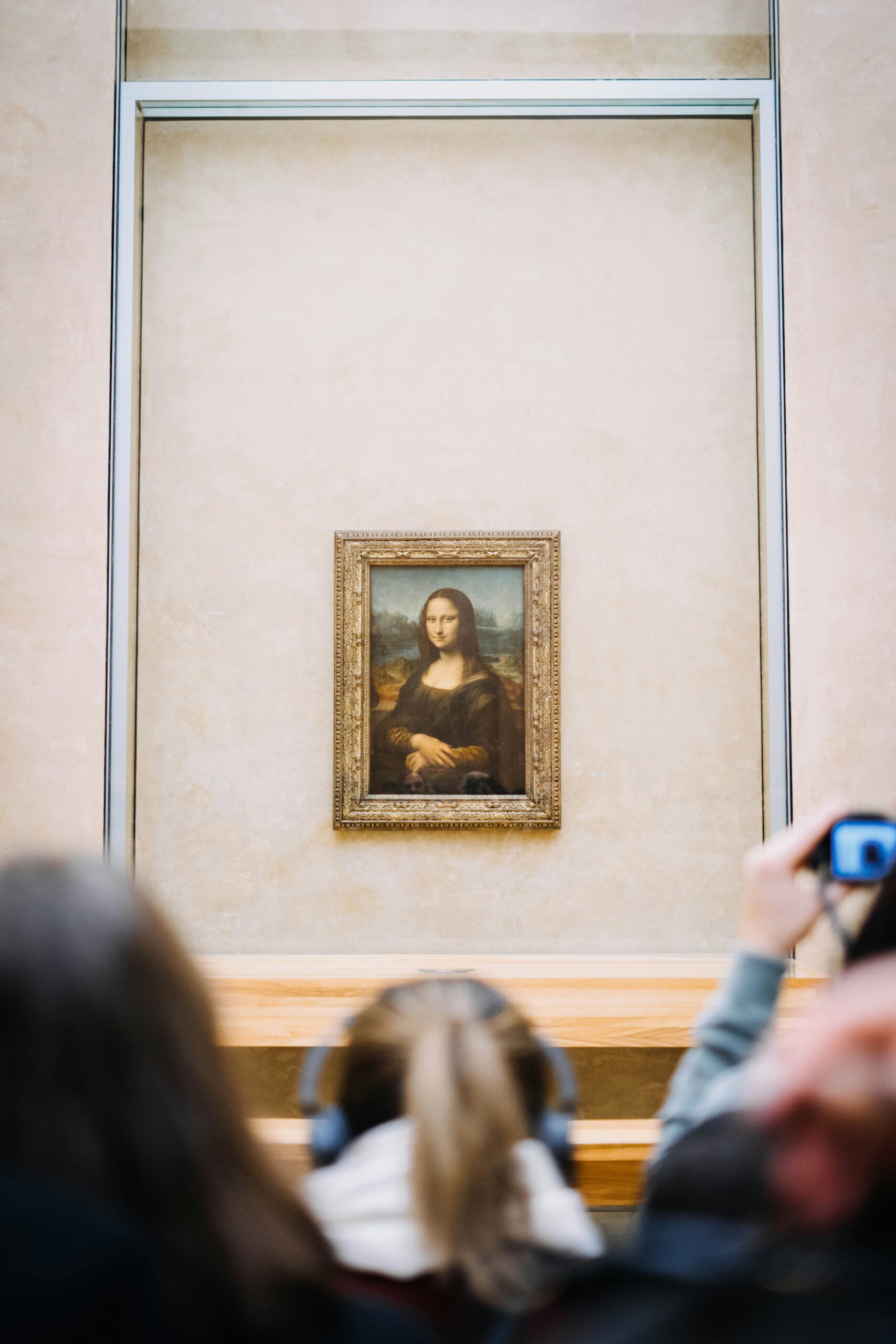What kind of image do you have when you hear the word “artist”? Someone who gets to do what they love for a living, unique, maybe a bit eccentric…? There are probably quite a few people who think that artists who continue to create their works endlessly live in a world separate from ours.
The possibility that anyone can become an artist
But actually, it’s a bit different. Some artists continue creating while working as company employees and others while raising children. It’s no wonder. The reason it’s hard to truly feel the profession of an artist is that the educational environment is still inadequate.

In Japan, mainly technical instruction is provided. In compulsory education, students learn how to draw pictures that closely resemble real ones and how to knead clay. They are taught to memorize Picasso’s real name, but the reasons for his evaluation are often neglected. In Western countries, concepts and processes are emphasized more than technical abilities. Students are made to thoroughly consider why they want to draw in a certain way and why they want to use a particular color. In this sense, art is closely related to life, as what they are currently thinking about and what concerns them take shape directly.
In Japan, this difference in the educational environment has resulted in a distance between art and people. We simply worship artists who are far away from us.
Self-expression and connection with society through art
Art is a mirror of society. What happens in society, in other words, what happens close to us, becomes the starting point for creation. The food you ate yesterday, the scenery you saw last month, the figure of a loved one. Van Gogh and Picasso turned such ordinary scenes into their works. In reality, you, sitting in front of the screen right now, can also become an artist.

In fact, in the medical world, prescriptions for improving patients’ mental states through art are also spreading. In the field of mental healthcare in Europe and America, it is called art therapy, and it is a method that promotes mental health through artistic expressions such as painting, sculpture, music, dance, and theater.
In addition to improving mental disorders, it is also helpful for promoting self-growth, stress management, emotional expression, and self-understanding. Just as we nourish our minds and bodies by eating delicious food or dressing well, it is necessary to create and enjoy art.

One way to enjoy art is through workshops. A workshop is an independent educational venue where people can learn by actually experiencing a program or task given for a specific purpose. Simple examples include art cafes and pottery classes, but the silk-screening* workshops held regularly by the print studio Surutoco: https://www.surutoco.jam-p.com/ allow participants to make their own original printing plates and experience printing for themselves. You can make your own original T-shirts, tote bags, or, if you get good enough, even your original artwork.
*Silkscreen: A type of printmaking technique where ink is passed through holes in a mesh-like screen to create prints. Also known as silk screen printing, it is characterized by vibrant colors, durability, and uniform color surfaces.

For those of you who want to immerse yourselves in art, we recommend “APK STUDIES,” a learning space hosted by Toda Corporation. APK STUDIES, which started in 2025, is a program that spans approximately eight months, where participants encounter various creative practices centered around art and deepen their interests and awareness of issues. In addition to creators and curators, it is also aimed at office workers who want to deepen their understanding of the relationship between art and society and put it into practice, and the schedule is convenient for those who can participate after work.
It seems that, supported by various instructors such as gallery owners, artists, and architects, students from diverse backgrounds are interacting and progressing with their creations. This could serve as an opportunity to think about how to connect art and society.



